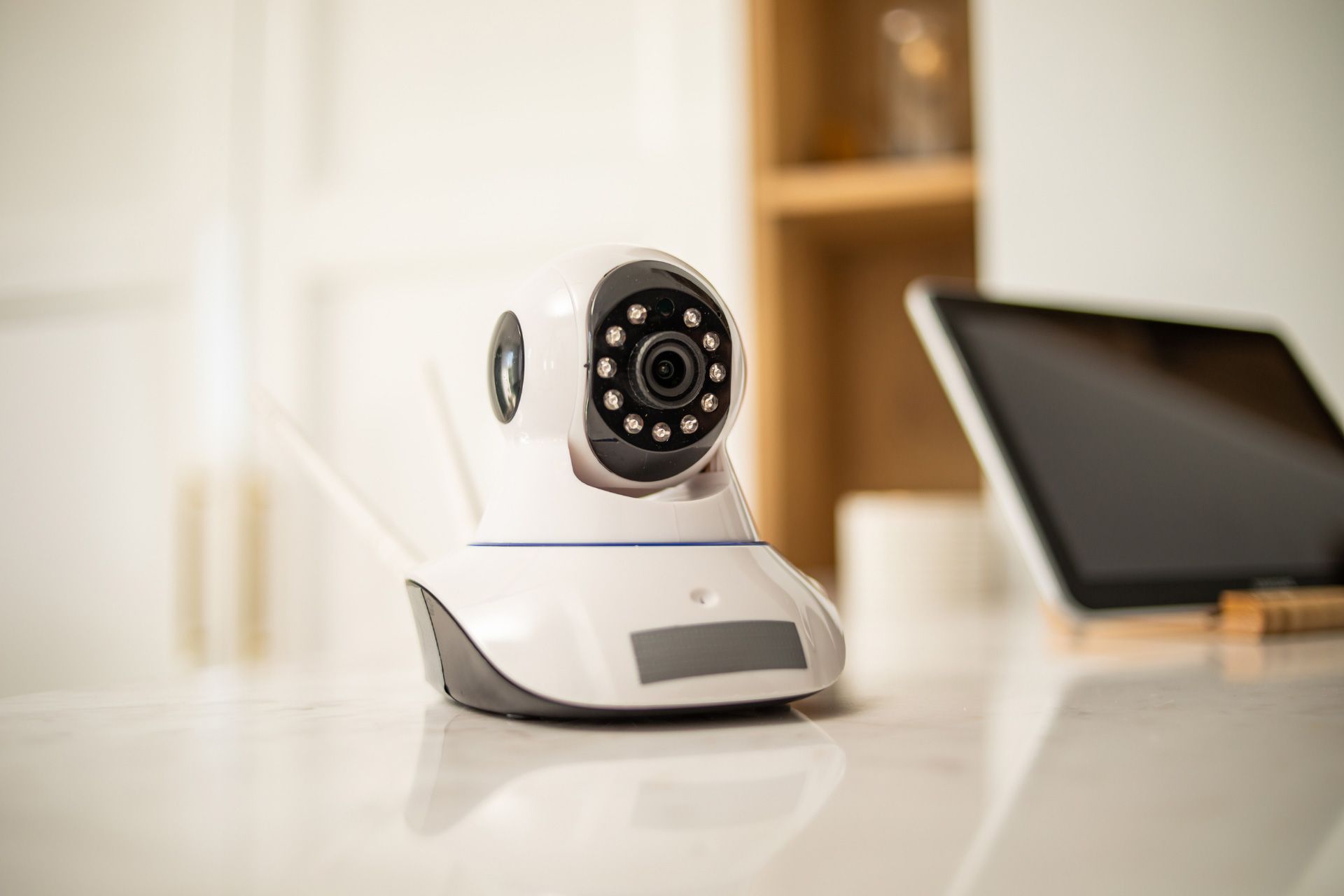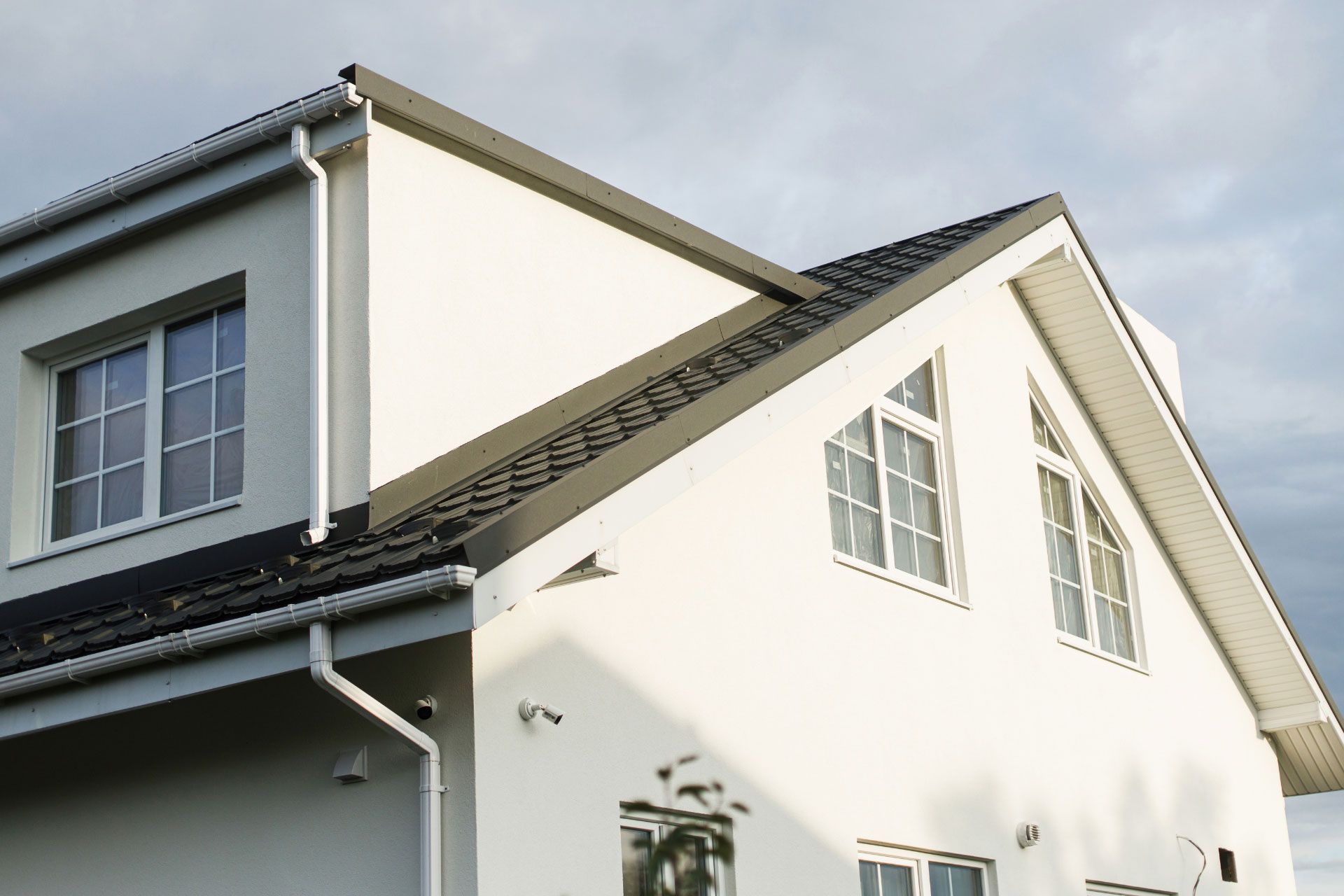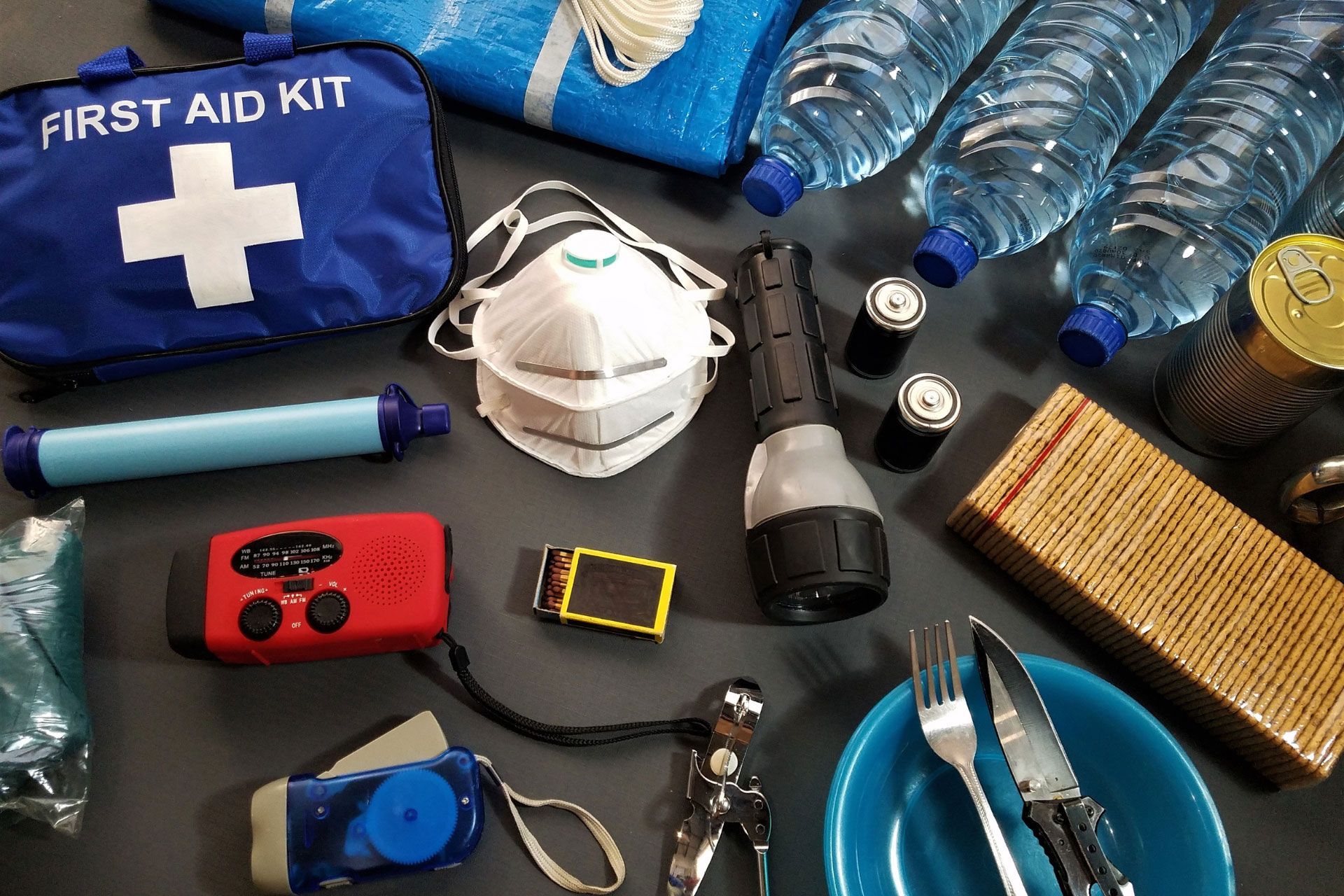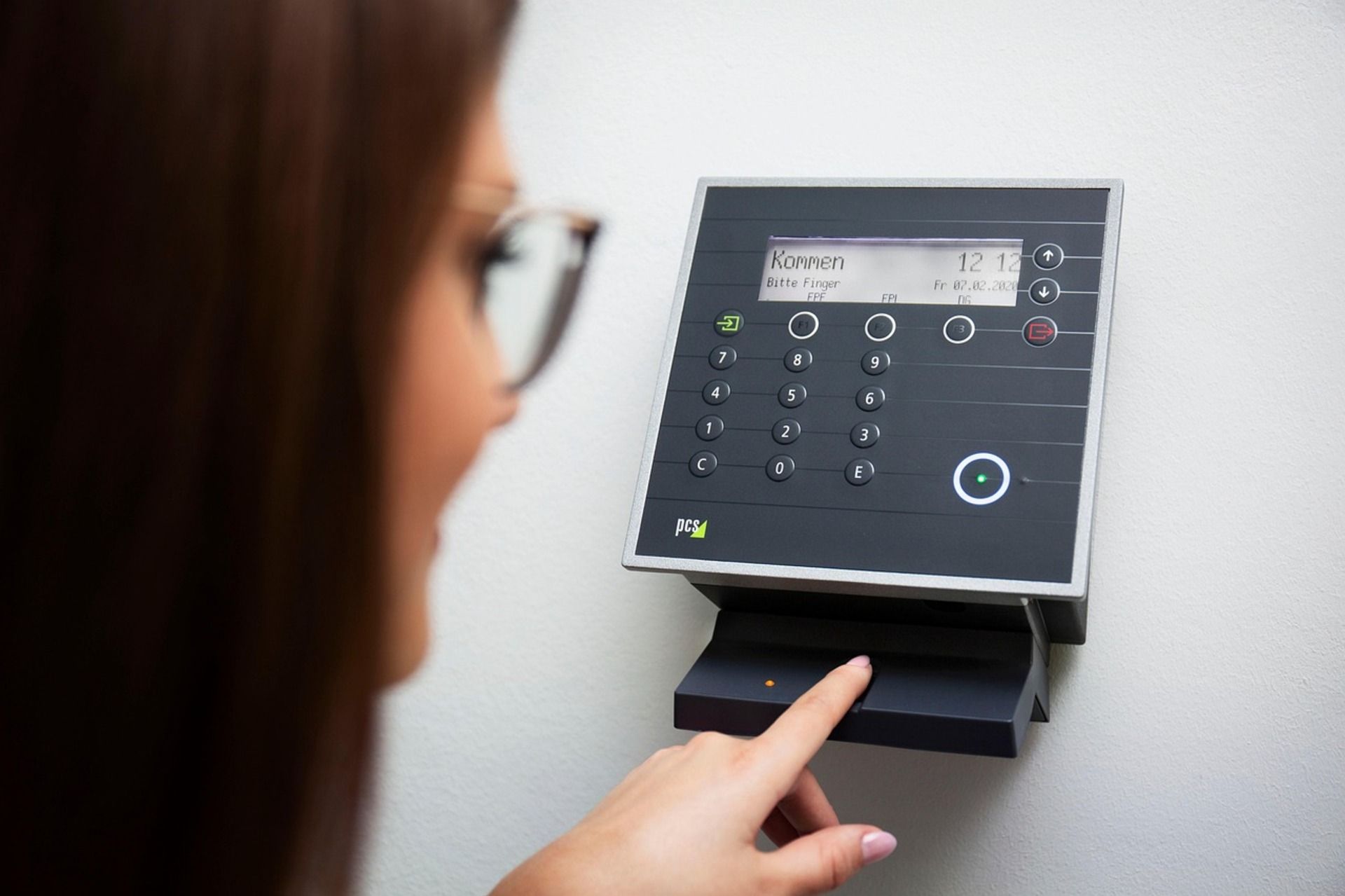Complete Security & Home Safety Checklist
Your home is your sanctuary, where you and your loved ones should feel safe and protected. However, ensuring safety at home requires more than just locking the doors at night. It involves a proactive approach, considering potential risks and implementing measures to mitigate them.
This comprehensive home safety checklist will guide you through essential steps to fortify your
home's security inside and out, and prepare for potential emergencies. Whether you're a new homeowner or simply looking to enhance your existing safety measures, this safety checklist will empower you to create a haven of peace and security.
Interior Security Checklist
Securing your home starts from the inside. Proactively enhancing your interior security creates a robust defence against potential threats, ensuring your and your loved ones’ safety. Here's a comprehensive home safety checklist to help you fortify your home's interior:
Doors and Windows
☐
Solid Core Doors:
Ensure your exterior doors are solid core, not hollow, for greater strength and resistance to forced entry.
☐ Strong Deadbolt Locks: Install high-quality deadbolt locks on all exterior doors, with a minimum of one-inch throw.
☐ Window Locks: Equip all windows with secure locks and window guards, including those on upper floors and basement windows.
☐ Falling Hazards: Consider adding safety netting to windows and balconies, especially if you have children at home.
☐ Reinforced Glass: Reinforced glass or security film for vulnerable windows and glass doors is an option.
☐
Peepholes: Install peepholes on all exterior doors to identify visitors before opening.

Image Source:
Canva
Security System
☐
Home Security Cameras: Strategically place
security cameras inside your home to monitor activity, deter intruders, and provide evidence in case of an incident.
☐ ULC Fire Alarms: An essential part of any home safety checklist. Install ULC-certified smoke alarms on every level of your home and outside sleeping areas for early fire detection.
☐ Doorbell Cameras: Enhance your front entrance security with a doorbell camera that allows you to remotely see and speak to visitors.
☐ Alarm System: Invest in a comprehensive alarm system with sensors for doors, windows, and motion. Consider a system with professional 24/7 monitoring for added security and rapid response in emergencies.
☐
Carbon Monoxide Sensors: Install
carbon monoxide sensors on each level of your home and near sleeping areas to detect this odourless, colourless gas.
Lighting
☐
Adequate Lighting: Ensure all rooms and hallways have
adequate lighting, especially during the night. For additional precautions, have a non-skid surface for hallways.
☐ Motion-Activated Lights: Install motion-activated lights outside entrances and dimly lit areas to deter intruders and enhance visibility.
Valuables
☐
Secure Storage:
Store valuable items like jewelry, important documents, and cash in a secure safe or lockbox in a locked cabinet. This could apply to where you store firearms.
☐ Home Inventory: Create a home inventory with photos and serial numbers of your belongings for insurance purposes in case of theft or damage.

Image Source:
Canva
Exterior Safety Tips Checklist
A well-protected perimeter is your first line of defence against potential intruders and unwanted visitors. Here's a home safety checklist Canada residents need to enhance their home's exterior security:
Landscaping
☐
Trimmed Shrubs and Trees:
Regularly trim shrubs and trees near windows and doors to eliminate potential hiding spots for intruders.
☐ Clear Sightlines: Ensure clear sightlines from the street to your home's entrances and windows. This allows for better visibility and natural surveillance from neighbours and passersby.
☐
Well-lit Pathways:
Illuminate pathways and entrances with adequate lighting to deter intruders and enhance safety for visitors.
Perimeter Security
☐
Secure Fences and Gates:
Install sturdy fences and gates around your property with secure locks to prevent unauthorized access.
☐ Outdoor Security Cameras: Strategically place outdoor security cameras to monitor your property's perimeter, deter intruders, and capture evidence in case of an incident.
Lighting
☐
Motion-Activated Floodlights: Install motion-activated flood lights around your home's exterior to illuminate dark areas and deter potential intruders.
☐ Well-lit Address Numbers: Ensure your address numbers are clearly visible from the street, especially at night, to assist emergency responders in locating your home quickly.
Garage and Shed Security
☐
Secure Garage Doors:
One of the most overlooked areas in a home safety checklist; keep your garage door closed and locked, even at home. Consider using a smart garage door opener to monitor and control access remotely.
☐ Shed Security: Secure your shed with a sturdy lock and consider adding an alarm or sensor for added protection. Valuable power tools and equipment stored in sheds can be attractive targets for thieves.
Additional Measures
☐
Neighborhood Watch: Participate in or initiate a Neighborhood Watch program to foster community awareness and cooperation in preventing crime.
☐ Visible Security Signs: Display security system signs prominently to deter potential intruders.
☐
Vary Your Routine: Avoid patterns in your daily routine, as criminals often observe homes to identify vulnerabilities.

Image Source:
Canva
Emergency Plans and Fire Safety Checklist
While we all strive to prevent accidents and emergencies, it's important to be prepared for the unexpected. Here's a breakdown of essential emergency plans and a fire safety checklist every homeowner should consider.
Fire Escape Plan
☐
Multiple Escape Routes: Identify at least two escape routes from every room in your home, especially bedrooms.
☐ Practice Regularly: Practice your fire escape plan with your family at least twice a year. This helps everyone familiarize themselves with the routes and procedures.
☐ Designated Meeting Point: Establish a safe meeting point outside your home where everyone can gather after evacuating.
☐ Smoke Alarms: Ensure your smoke alarms are working correctly, and strategically place a smoke alarm throughout your home.
Related: Do Smoke Detectors Expire?
Fire Safety
☐
Fire Extinguishers: Keep fire extinguishers readily accessible in the kitchen and
other key areas, and ensure everyone knows how to use them.
☐ Electrical Safety: Regularly inspect electrical cords and outlets, avoid overloading circuits, and address potential hazards promptly. If you have children in the home, always have child-resistant caps on unused outlets.
☐ Stop, Drop, and Roll Protocol: Teach family members the "stop, drop, and roll" technique if their clothing catches fire.
Emergency Contact List
☐
Important Numbers:
Compile a list of essential phone numbers to call from a cell phone, including
emergency services, poison control, family doctor, and trusted neighbours. Include this in your printed-out home safety checklist.
☐ Accessible Location: Keep the contact list in a readily accessible location, such as on the refrigerator or near the phone.
☐ Save Important Contacts: Ensure everyone in the household has these numbers saved in their mobile phones.
Disaster and Emergency Preparedness Kit
☐
First Aid Kit: Maintain a well-stocked first aid kit with essential supplies like bandages, antiseptic wipes, pain relievers, and any necessary medications.
☐ Essential Supplies: Prepare a disaster preparedness kit with items like bottled water, reusable plastic bags, non-perishable food, flashlights, batteries, a radio, blankets, and a first aid kit.
☐ Specific Needs: Include any specific items your family might need, such as baby supplies, pet food, or medications.
Take Home Safety to the Next Level
This home safety checklist is a great starting point for protecting your family and property. But true peace of mind comes from knowing you have
a trusted partner in security.
PasWord Protection offers a wide range of security solutions tailored to your specific needs. Our expert team can help you assess your home's vulnerabilities, recommend the right security systems, and ensure seamless installation and integration. We provide ongoing support and 24/7 monitoring, giving you the confidence that your home and loved ones are always protected.
Don't leave your home's safety to chance.
Contact PasWord Protection today for a free consultation.






